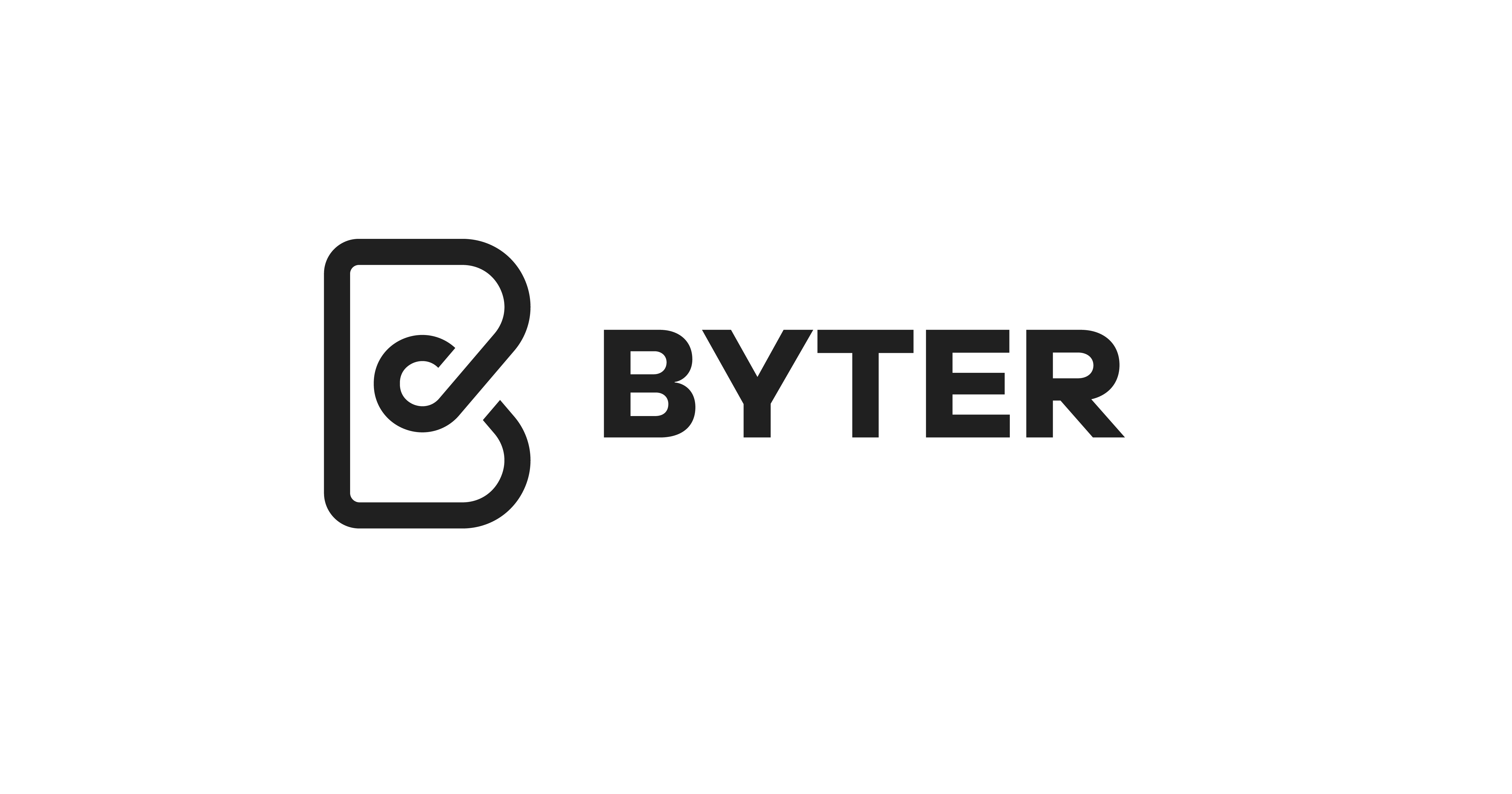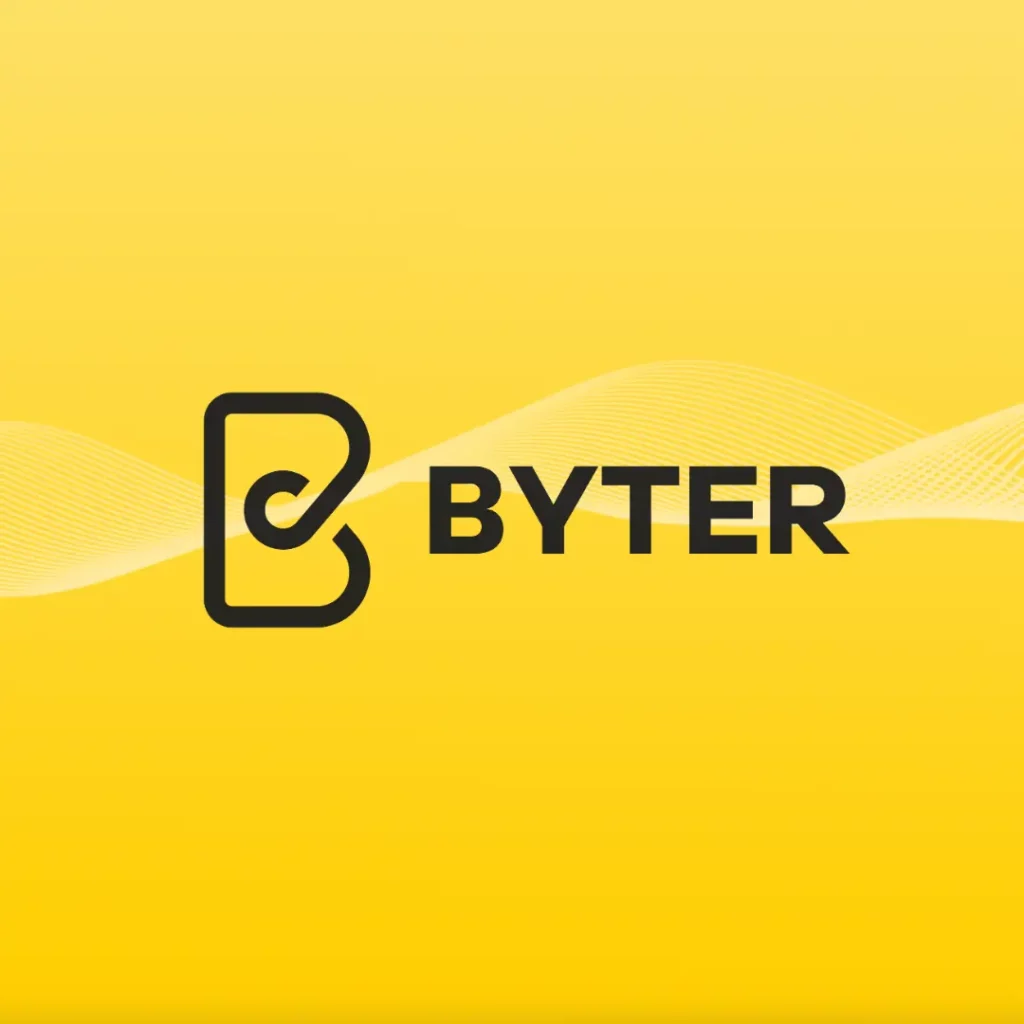Decentralised Cloud Services Reshaping the Internet
The internet is evolving rapidly, with decentralised cloud infrastructure emerging as the cornerstone of its next transformative phase. While the current online ecosystem is still dominated by centralised tech giants, a quieter revolution is taking place – one that seeks to put users back in control of their data, privacy, and digital autonomy.
A Look Back: How the Internet Lost Its Freedom
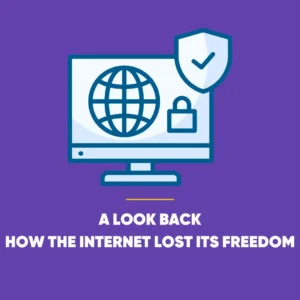 The early days of the internet offered an open and collaborative space. Users could build websites, connect with one another directly, and share knowledge freely. However, over the years, this digital utopia gave way to monopolised platforms that now govern the flow of information and content online.
The early days of the internet offered an open and collaborative space. Users could build websites, connect with one another directly, and share knowledge freely. However, over the years, this digital utopia gave way to monopolised platforms that now govern the flow of information and content online.
Today, most people interact with the web via platforms owned by a handful of corporations. Social media profiles, videos, emails, and blogs all sit on servers controlled by these entities. These companies set the rules, enforce moderation policies – sometimes without transparency – and monetise user data for profit.
What was once a democratic space is now a tightly controlled environment where algorithms and commercial interests dictate visibility and reach.
The Problem with Centralised Control: Decentralised Cloud Infrastructure
Centralisation creates dependencies. A user’s entire digital presence – photos, posts, messages, income from content – is often reliant on one or two platforms. If an account is suspended or data is removed, there is often little recourse.
Moreover, centralised systems raise serious concerns around:
- Data ownership: Users rarely have access to or control over their personal data.
- Censorship: Platforms can suppress content arbitrarily.
- Privacy: Surveillance-based advertising thrives on tracking and profiling users.
- Revenue sharing: Creators often lose a significant cut of their income to middlemen.
These issues have spurred a movement towards an internet where users are not just participants, but stakeholders.
What Is the Decentralised Web?
A New Paradigm
A decentralised web, sometimes referred to as Web3, represents a shift from corporate-owned servers to user-powered networks. Rather than being hosted on a single server or controlled by a single entity, websites, applications, and services are spread across multiple nodes or computers globally.
Decentralised cloud infrastructure offers greater resilience, enhanced transparency, and empowers users with true digital sovereignty. It dismantles gatekeeping structures and replaces them with peer-to-peer interactions and blockchain-based validation systems.
How It Works
In a decentralised setup:Technological advancements, including more efficient protocols and caching mechanisms, are needed to make decentralised systems as fast and seamless as their centralised counterparts.
- Users distribute content, not store it in one place.
- Consensus algorithms validate transactions and ownership records.
- Cryptographic keys manage identity and access, not passwords tied to emails or phone numbers.
- Applications (or “dApps”) run without relying on central infrastructure.
While the technical details can be complex, the outcome is simple: more control for users and fewer intermediaries.
Bitcoin: The First Major Proof of Concept
When Bitcoin launched in 2009, it inspired innovations like decentralised cloud infrastructure – a digital network free from central control. It demonstrated that individuals could transact directly without needing a central authority to verify exchanges.
Despite controversies surrounding scalability, energy usage, and regulation, Bitcoin’s resilience over the years has shown that decentralised systems can not only survive but thrive. The principles underpinning Bitcoin – security, transparency, decentralisation – are now being adapted to industries far beyond finance.
If digital currency can function independently of central banks, it raises the question: why should cloud services, social media, or even identity systems require a central authority?
Decentralising Infrastructure: The Next Logical Step
Beyond Currency: The Rise of Decentralised Cloud Storage
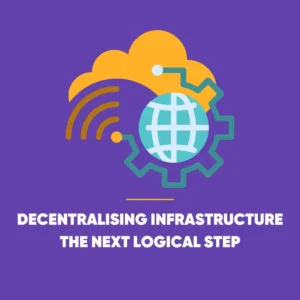 Tech giants dominate cloud computing and storage, controlling not only where data resides but also how it’s accessed. Outages or censorship from these providers can disrupt entire sections of the web.
Tech giants dominate cloud computing and storage, controlling not only where data resides but also how it’s accessed. Outages or censorship from these providers can disrupt entire sections of the web.
Decentralised cloud services offer a powerful alternative. By distributing data across various independently operated nodes, these systems are:
- More resilient to technical failures
- Less prone to censorship or political interference
- Inherently private, with encrypted storage mechanisms
Platforms like IPFS (InterPlanetary File System) and Filecoin exemplify this trend, challenging the traditional cloud model and offering new ways to store and retrieve data.
Hosting Without a Gatekeeper
In the decentralised future, developers won’t need to rely on services like AWS or Google Cloud to deploy websites or applications. Instead, distributed networks will allow anyone to host content that cannot be easily removed, blocked, or manipulated by external forces.
This promises not only a more democratic internet but also a more stable one – where no single point of failure can bring services crashing down.
The Challenges of Going Decentralised
Not Quite Plug-and-Play
Despite its promise, decentralised cloud infrastructure still faces hurdles that must be overcome for mainstream adoption. Managing cryptographic keys, understanding blockchain principles, and setting up decentralised applications can be intimidating for the average user.
User-friendly design, simplified onboarding, and education will be crucial if decentralisation is to reach mass adoption.
Moderation and Misinformation
One of the benefits of centralised platforms is their ability to moderate harmful content – at least in theory. Decentralised systems lack a central authority, raising difficult questions:
- Who decides what’s permissible?
- How do communities enforce standards without top-down control?
- Can moderation be community-led without descending into chaos?
These are not insurmountable problems, but they require innovative, collective solutions that balance freedom with responsibility.
Speed and Performance
Centralised servers optimise delivery, making the current internet fast and efficient. In contrast, decentralised networks can struggle with latency, especially when scaled.
Therefore, technological advancements like efficient protocols and caching mechanisms are essential to make decentralised systems fast and seamless.
Change Is Already Underway: Decentralised Cloud Infrastructure
Early Movers and Alternatives
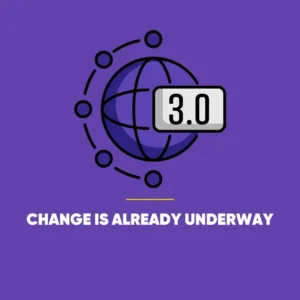 While still niche, decentralised services are gaining traction. Fediverse platforms like Mastodon offer alternatives to Twitter. PeerTube challenges YouTube’s ad-revenue model with federated video hosting. Platforms like Lens Protocol and Farcaster are exploring decentralised social media backed by blockchain.
While still niche, decentralised services are gaining traction. Fediverse platforms like Mastodon offer alternatives to Twitter. PeerTube challenges YouTube’s ad-revenue model with federated video hosting. Platforms like Lens Protocol and Farcaster are exploring decentralised social media backed by blockchain.
In the realm of private communication, decentralised messengers such as Session and Matrix are providing secure, peer-to-peer messaging without surveillance.
The Push from Users
Rising privacy concerns, censorship scandals, and data breaches have pushed users to explore alternatives. Creators, in particular, are seeking platforms where they don’t lose large portions of their earnings or risk deplatforming without recourse.
As trust in centralised systems erodes, decentralised ones become more appealing – even with their rough edges.
A Gradual Shift, Not a Sudden Overthrow
Coexistence, Not Replacement (Yet)
The decentralised web won’t replace the traditional internet overnight. Instead, it will emerge in parallel, particularly in areas where centralisation fails most noticeably – censorship, financial exclusion, or monopolistic control.
As decentralised infrastructure matures and becomes more user-friendly, it will steadily absorb users disillusioned by the status quo.
Preparing for the Inevitable: Decentralised Cloud Infrastructure
The writing is on the wall: decentralisation is not just a trend – it’s a direction. Businesses, developers, and users should begin educating themselves, experimenting with decentralised platforms, and preparing for a more autonomous digital world.
The future of the internet may not be tidy or universally embraced, but it is undeniably shifting. Those who adapt early will benefit most when the balance of power online begins to tilt in favour of individuals rather than institutions.
Final Thoughts
Overall, the decentralised web isn’t about idealism – it’s about resilience, autonomy, and fairness. While the journey ahead is complex and uncertain, the destination is worth striving for: an internet where control lies not in the hands of a few, but in the hands of many. Whether one welcomes it or not, the era of decentralisation has already begun.
